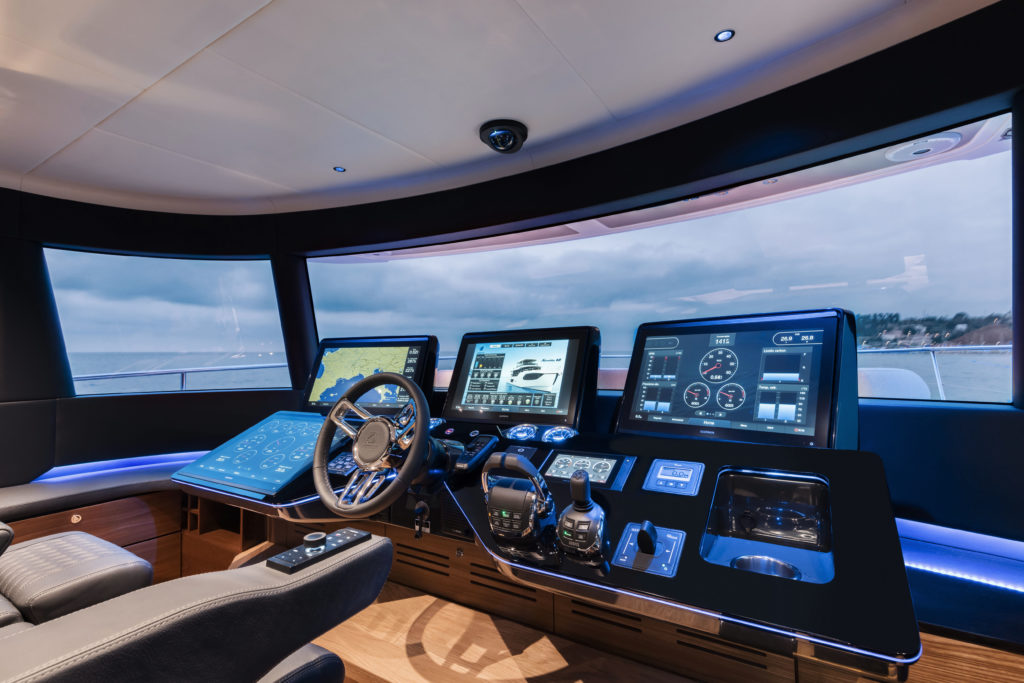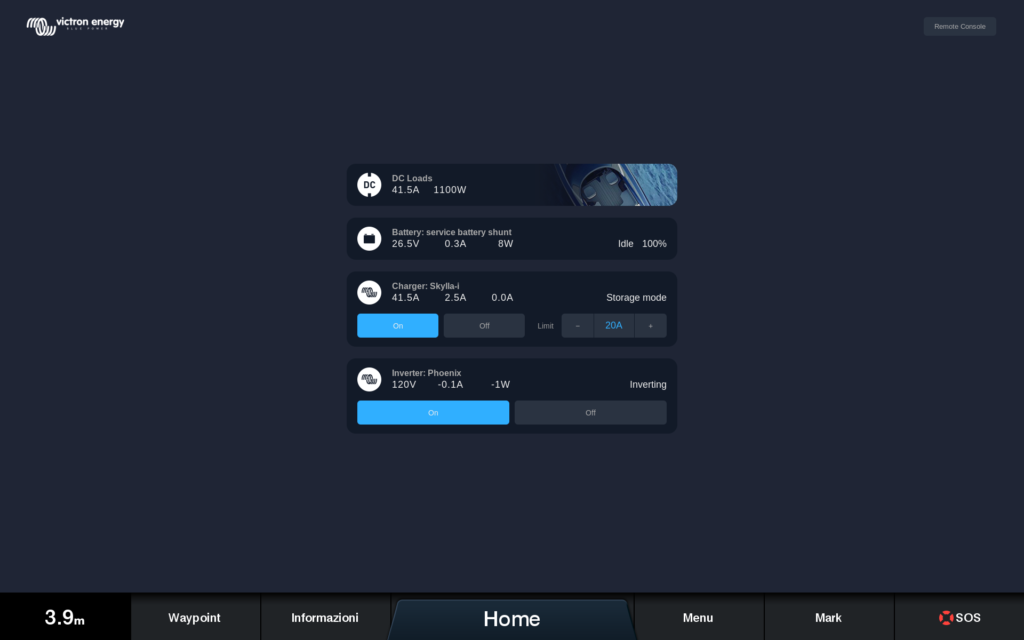Cart
Discount: 0.00 CZK
Discount: 0.00 CZK
Justin, Victron Energy |5/06, 2020

Absolute, the Italian Manufacturer of luxury yachts, creates innovative boats with the latest technology. An example is the elegant Navetta 68 which features a multifunctional display (MFD) where energy management – such as power consumption and battery charge status – is displayed along with navigation data directly on the boat's Glass Bridge. Now the skipper has all important information gathered in one place – easily accessible and clear.
The goal of combining these different information systems is to simplify the presentation of energy data and make it easy to find. All information is now directly available on the MFD – on the bridge, flybridge, and in the crew cabin – in a clear and simple format.
Previously, the need to display navigation data along with critical information such as tank levels, communication, environmental data, and safety has been hindered by the systems using different communication protocols. Above all, information about the boat's power generation, storage, and distribution has been completely isolated from other systems. The result? A cluttered dashboard with different screens of various sizes and colors. No longer:

Integration with the MFD is simple – connect an Ethernet cable. All Victron units with a VE.Can port can be connected to an NMEA 2000 network, but most often a GX unit such as Venus GX, CCGX, or Cerbo GX is used. The GX unit acts as a hub and collects data from all connected power units – such as inverters, battery monitors, and chargers – and makes the information available on the MFD.

The power supply and storage system on board is designed by UFLEX SRL, an Italian company specializing in marine power systems. The system includes:
The Navetta 68 is 68 feet long and can accommodate 16 people. Four cabins for owners and guests, plus a crew cabin. The engine? Two Volvo Penta D13-IPS1350 (2×735 kW) or two D13-IPS1200 (2×662 kW).

In addition to Garmin, the integration also works with Navico, Simrad, B&G, Lowrance, Raymarine, and Furuno.